
Nestled on the very edge of Andalusia in the province of Cádiz, La Línea de la Concepción has an identity shaped by its immediate neighbour, the monolithic Rock of Gibraltar. The town is home to around 65,000 people, and for many of them, the reality of living in La Línea is defined by this unique cross-border relationship. Forget the sleepy, whitewashed villages you find elsewhere in southern Spain; this is a bustling, practical border town with a character entirely its own, offering a completely different kind of Andalusian experience.
Is La Línea de la Concepción a good place to live?
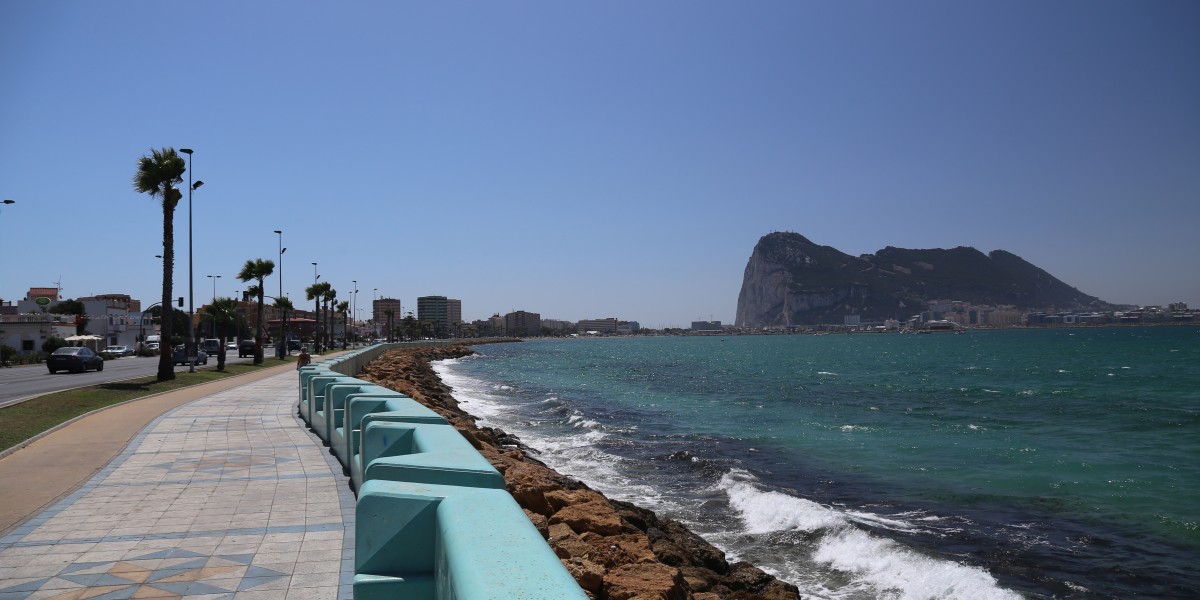
It’s a town of contrasts, and its appeal isn’t based on charm or beauty, but on pragmatism. If you are looking for an affordable cost of living and the ability to work in Gibraltar without paying Gibraltar prices, La Línea is not just good, it’s arguably one of the best options available. It offers an authentic, no-frills Spanish lifestyle right on the doorstep of a major employment hub.
However, if you’re picturing a postcard-perfect Andalusian town, this might not be the place for you. You'll find some of the best beaches on the Costa del Sol not far away, but the city's appeal is rooted in its function as a hardworking border town, and that defines its character.
Is La Línea de la Concepción Safe?
La Línea has a reputation, largely due to its proximity to Africa and its connection with smuggling. While the town does face challenges with organised crime, these issues rarely affect the daily lives of the general population. For the average resident, life in La Línea is as safe as in any other Spanish town of its size. You take the usual precautions, like being aware of your surroundings at night and knowing which neighbourhoods are best to live in. Most expats and locals go about their days without any problems, finding the town centre and residential areas to be perfectly secure.
Pros and Cons of Living in La Línea
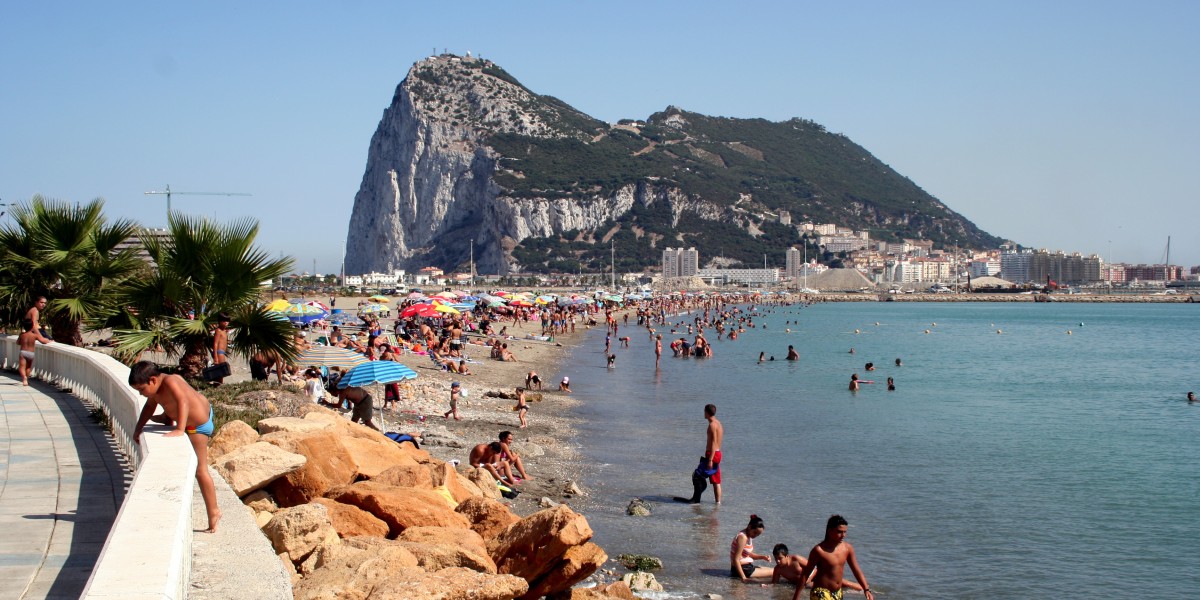
Life on the border comes with a very distinct set of trade-offs. Here’s a straightforward look at the pros and cons of living in La Línea.
Some of the advantages of living here include:
- Affordability: the cost of renting an apartment, eating out, and daily groceries is significantly lower than in Gibraltar and much of the nearby Costa del Sol.
- Proximity to Gibraltar: for the thousands who work in Gibraltar, living in La Línea means you can walk or cycle to your job in minutes.
- Authentic Spanish culture: unlike some more tourist-focused coastal towns, La Línea offers a slice of real, unpolished Spanish life. It’s a great place to immerse yourself in the language and enjoy a genuinely local tapas scene away from the tourist crowds.
However, like anywhere, La Línea has its downfalls:
- Aesthetics and infrastructure: La Línea is a working town, not a tourist resort. It lacks the pristine streets and charming architecture of other Andalusian towns, and some areas can feel a bit run-down.
- Border Issues: while the crossing is usually straightforward, it can be subject to delays, especially during peak hours or periods of political tension.
Is La Línea expensive?
The low cost of living in La Línea de la Concepión is one of the biggest advantages of living here, especially when you compare it to Gibraltar right next door. Day-to-day expenses are very reasonable. According to Numbeo, you can get an inexpensive meal out for around €12, while a three-course dinner for two at a mid-range restaurant is about €42. Grabbing a beer (una caña) or a coffee (un café con leche) won't set you back much either, typically costing no more than €3.
The real savings, though, are in housing. As of June 2025, property prices in La Línea averaged around 1,307 €/m², while rent averaged 9.7 €/m². To put that into perspective, an 80m² apartment would typically cost around €776 per month. If you're really looking for a bargain, areas like Mondejar-Junquillos have even lower prices, with property for sale averaging just 915 €/m². On top of rent, basic utility bills for a standard flat are pretty affordable at around €100 per month, though this can always vary depending on your lifestyle and usage.
Best neighbourhoods in La Línea de la Concepción
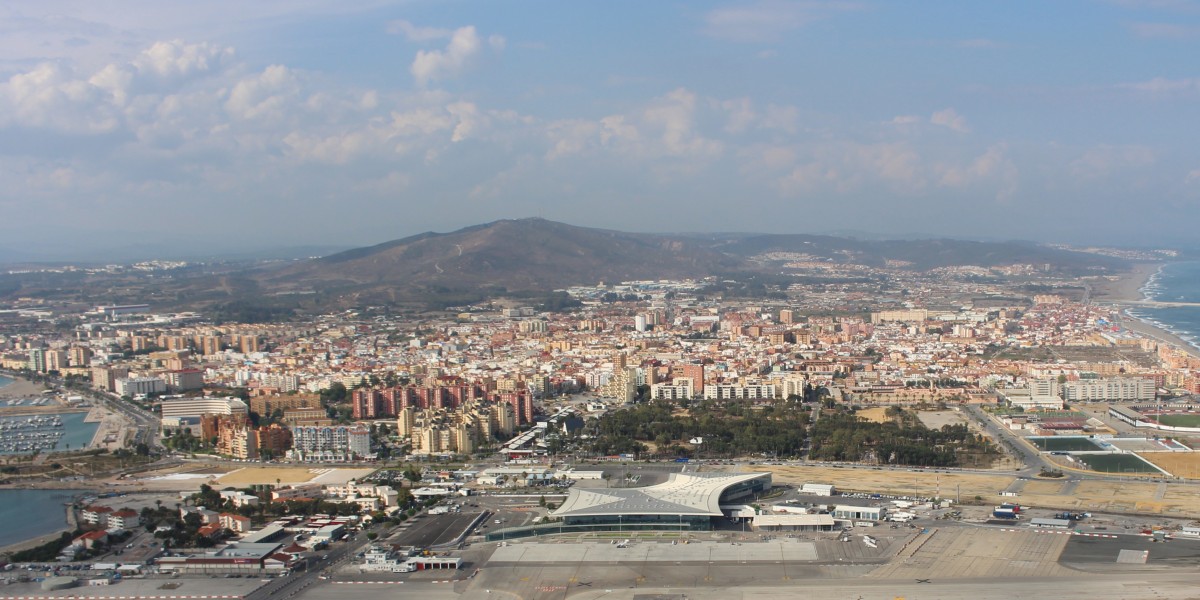
Choosing the right neighbourhood in La Línea depends entirely on what you’re looking for: convenience for work, a quieter family life, or something more traditionally Spanish. Each area has its own distinct character.
Centro
The heart of the town is where you’ll find the main shopping streets, the central market, and the best tapas bars. Living here means having everything on your doorstep, and you’re just a short walk from the Gibraltar border crossing. The downside is that apartments are often in older buildings without lifts, and it can be noisy.
Santa Margarita
This is a large, modern residential development on the northern edge of town, and it’s a world away from the bustling centre. It’s hugely popular with expats and families from Gibraltar due to its newer, spacious houses and apartments, many with communal pools and gardens. It feels more suburban and you’d likely need a car, but it’s quiet, secure, and close to the beach.
San Bernardo
Wedged between the centre and the eastern beaches, San Bernardo offers a good middle ground. It's a traditional residential neighbourhood with a mix of apartment blocks and local shops. It’s more affordable than Santa Margarita and generally quieter than the centre, while still being within reasonable walking distance of both the border and the coast. It’s a practical, no-frills choice for those looking for value and a local atmosphere.
Living in La Línea and working in Gibraltar

The daily commute for thousands of people in La Línea isn't a train or a bus ride across a city, but a walk across an international border. This unique lifestyle is the main reason so many expats choose to settle here. It’s a life of two halves: you earn your salary in pounds sterling in the British territory of Gibraltar and spend it in euros in the much more affordable Spanish town next door. This financial advantage is the core of the arrangement, allowing for a standard of living that would be difficult to achieve if you lived on the Gibraltar side.
Getting from La Línea to Gibraltar
The most common way to get to work is simply on foot. From most parts of central La Línea, the border is a 10-to-20-minute walk away. Once you cross, it’s another short walk to many of the main office buildings in Gibraltar.
Many people cycle, and there are bus services that run close to the border on both sides, making the commute manageable from almost anywhere in town. A Spanish taxi can take you right up to the Spanish side of the border, but it cannot cross and drive you to your destination in Gibraltar. You would be dropped off, walk through the border controls, and then you could take a different, Gibraltar-licensed taxi from the rank on the other side.
Spanish visa requirements for Gibraltar workers
Since Brexit, freedom of movement is a thing of the past for UK citizens. This means if you're a non-EU passport holder (including Brits), you cannot simply rent a flat in La Línea and walk across the border to work in Gibraltar. To live in Spain, you legally need a Spanish visa and residency permit. Your Gibraltar employment contract helps, but it’s the Spanish authorities who must grant you the right to live in their country.
You need to prove you have sufficient income (from your Gibraltar job) and private healthcare, so you won’t be a burden on the Spanish state. Navigating the specific requirements for residency in Spain for non-EU citizens is the crucial first step, as there are different visas and the rules can be complex.
Things to do in La Línea
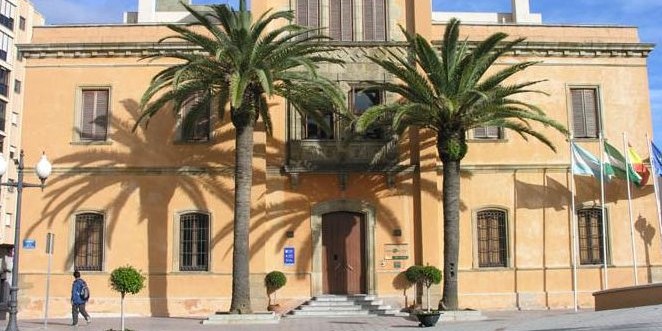
Once you look beyond the border crossing, you'll find La Línea has its own local culture worth exploring. It's a town where you can enjoy an authentic Andalusian lifestyle without the crowds of a major tourist destination.
- Head into the centre and you'll find dozens of local bars offering traditional, no-frills tapas at very reasonable prices.
- For a real taste of local life, the Mercado de la Concepción is the town's main food market, bustling with vendors selling fresh fish, meat, and local produce.
- Get involved in local cultural activities, such as the Festival La Línea Flamenca and the music concerts.
- For a bit of culture, the Museo Cruz Herrera showcases the work of the local painter José Cruz Herrera.
- If you just want some green space, the large Parque Princesa Sofía offers a nice spot for a walk.
Best beaches in La Línea
While La Línea is known as a border town, it's also blessed with a fantastic coastline, with beaches on both the Mediterranean Sea and the Bay of Gibraltar.
Playa de Poniente
Stretching along the bay side, Playa de Poniente is the town's calmer beach. The water here is generally more sheltered, making it a good spot for a relaxed swim. Its main draw is the impressive view of the Rock of Gibraltar. It's a convenient, family-friendly spot that’s perfect for an afternoon when you don’t want to travel far.
Playa de Levante
On the other side of the town is the expansive Playa de Levante, which faces the open Mediterranean. This beach is much longer and wilder, with fine golden sand and a backdrop of dunes in some areas. It can be quite windy here, which makes it popular for kitesurfing and other wind-based water sports. You can also find several historical wartime bunkers dotted along its length.
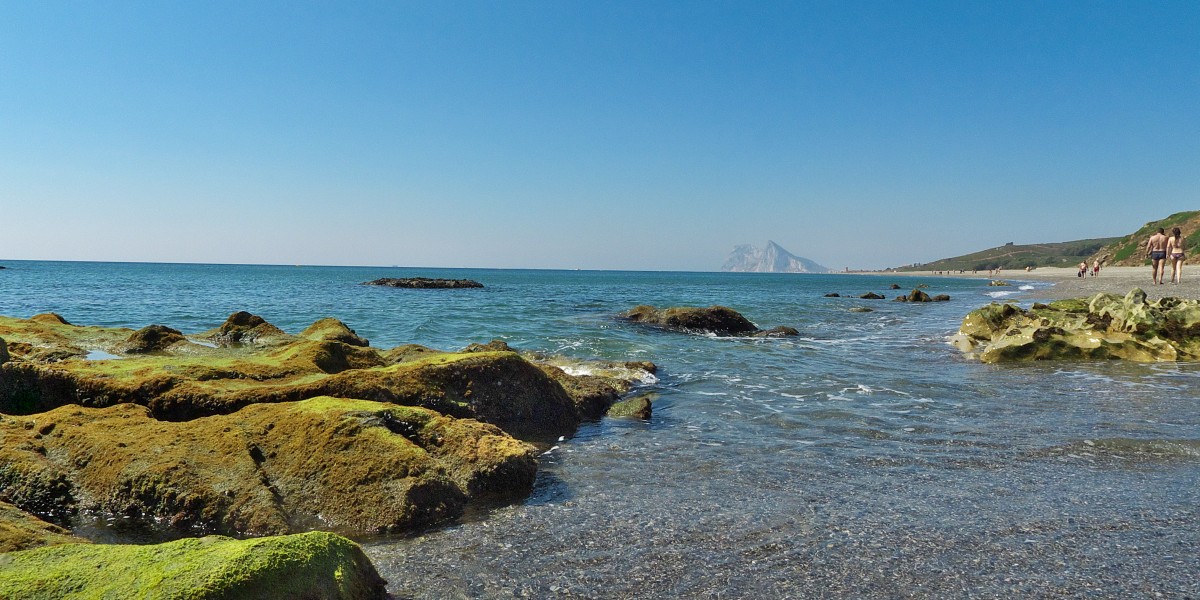
Playa de Santa Bárbara
On the Mediterranean side, Playa de Santa Bárbara is a wide, accessible stretch of golden sand just east of the city centre. It’s an urban beach, backed by apartment buildings and a promenade, making it a popular and lively spot in the summer months.
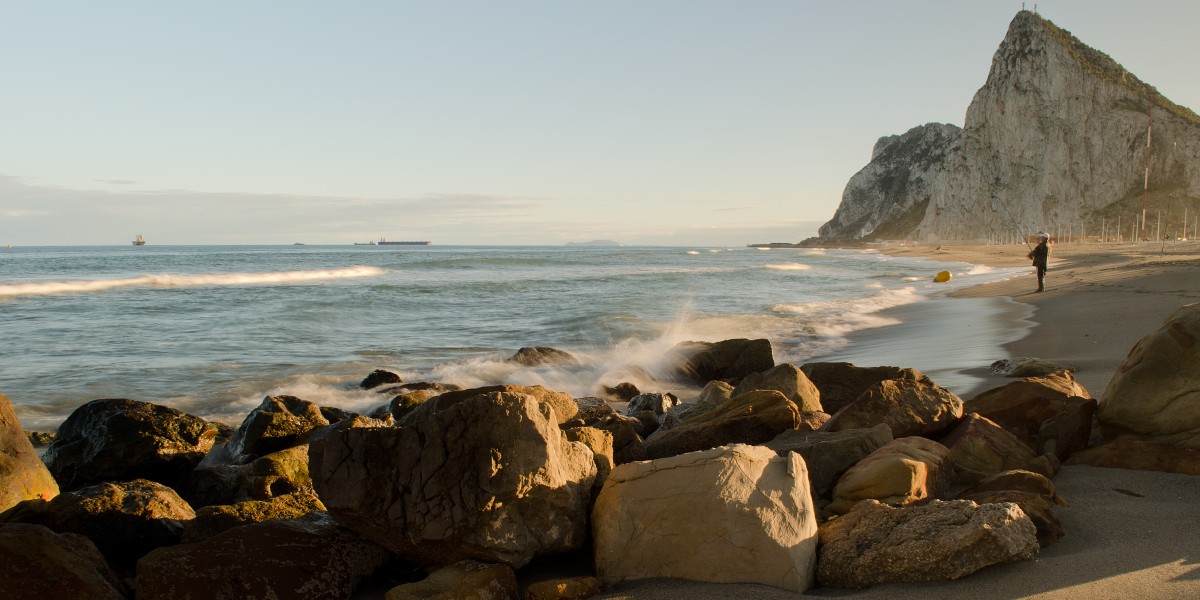
Playa de la Atunara
At the northern end of La Línea's coastline is Atunara, located in the traditional fishing district of the same name. This beach has a completely different, more authentic character. You’ll see colourful fishing boats pulled up onto the sand and find some of the best, most traditional seafood restaurants in town here.
